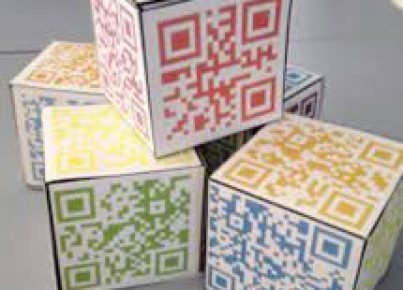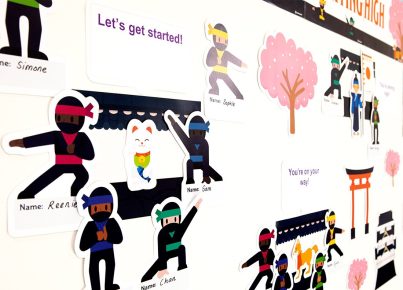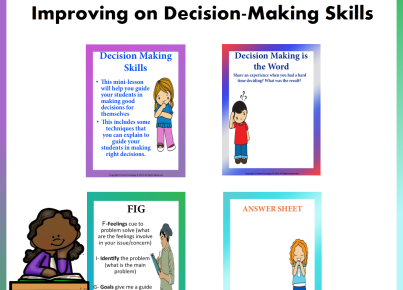Introduction
In the 21st century, information and communication technologies (ICT) have become increasingly important in shaping almost every aspect of daily life. As a result, education must adapt, incorporating ICT into teaching and learning practices to ensure that students develop the skills and knowledge necessary to thrive in today’s world. Teaching primary literacy with ICT is an effective way to engage students, improve learning outcomes, and better prepare them for the digital age.
Why Incorporate ICT in Primary Literacy Education?
There are several reasons why incorporating ICT in primary literacy education is beneficial:
1. Improved student motivation and engagement: Multimedia tools, audiovisual presentations, interactive games, and online resources can make learning more enjoyable for students. This increased interest boosts their motivation to learn and can lead to improved literacy skills.
2. Development of essential digital skills: By using technology in literacy lessons, students develop essential digital skills such as using computers, navigating websites, using search engines, creating documents or presentations, keyboarding, and understanding online safety.
3. Differentiated instruction: ICT makes it easier to provide personalized learning experiences for each student. Teachers can use digital resources to tailor lessons according to individual needs while still covering the required curriculum.
4. Collaboration opportunities: ICT tools like chat rooms, forums, social media platforms, and online document sharing enable students to collaborate with classmates or even people around the world.
Practical Ways to Integrate ICT into Primary Literacy Education
Here are some practical ways teachers can integrate ICT into primary literacy education:
1. eBooks and e-readers: Teachers can use e-readers like Kindles or iPads to provide a wide range of books suitable for different reading levels. With features like adjustable font sizes or text-to-speech capabilities, students can customize their experience.
2. Educational websites: Websites such as Starfall and Reading Eggs offer interactive reading games and activities to help children build their literacy skills.
3. Creative software: Enable students to create digital stories or presentations using tools like Microsoft PowerPoint, Google Slides, or Scratch.
4. Online writing platforms: Encourage students to practice writing with blogs and online writing platforms, providing an authentic audience for their work.
5. ICT assessment tools: Use digital assessment tools like quizzes and polls to gauge student progress. Platforms like Kahoot! or Google Forms allow teachers to create customized assessments quickly and efficiently.
Conclusion
Teaching primary literacy with ICT is an essential part of modern education, enabling teachers to engage and motivate students while they develop essential digital skills. With the right resources in place, integrating technology into primary literacy lessons can enhance learning experiences and better prepare children for the demands of the digital age.





